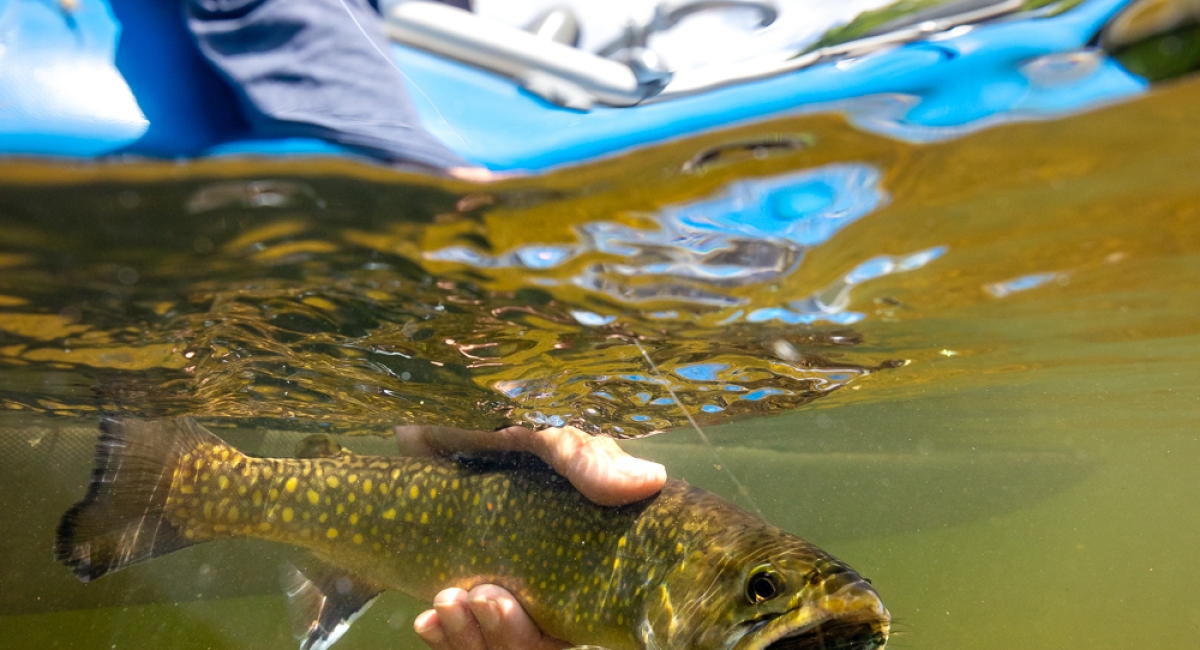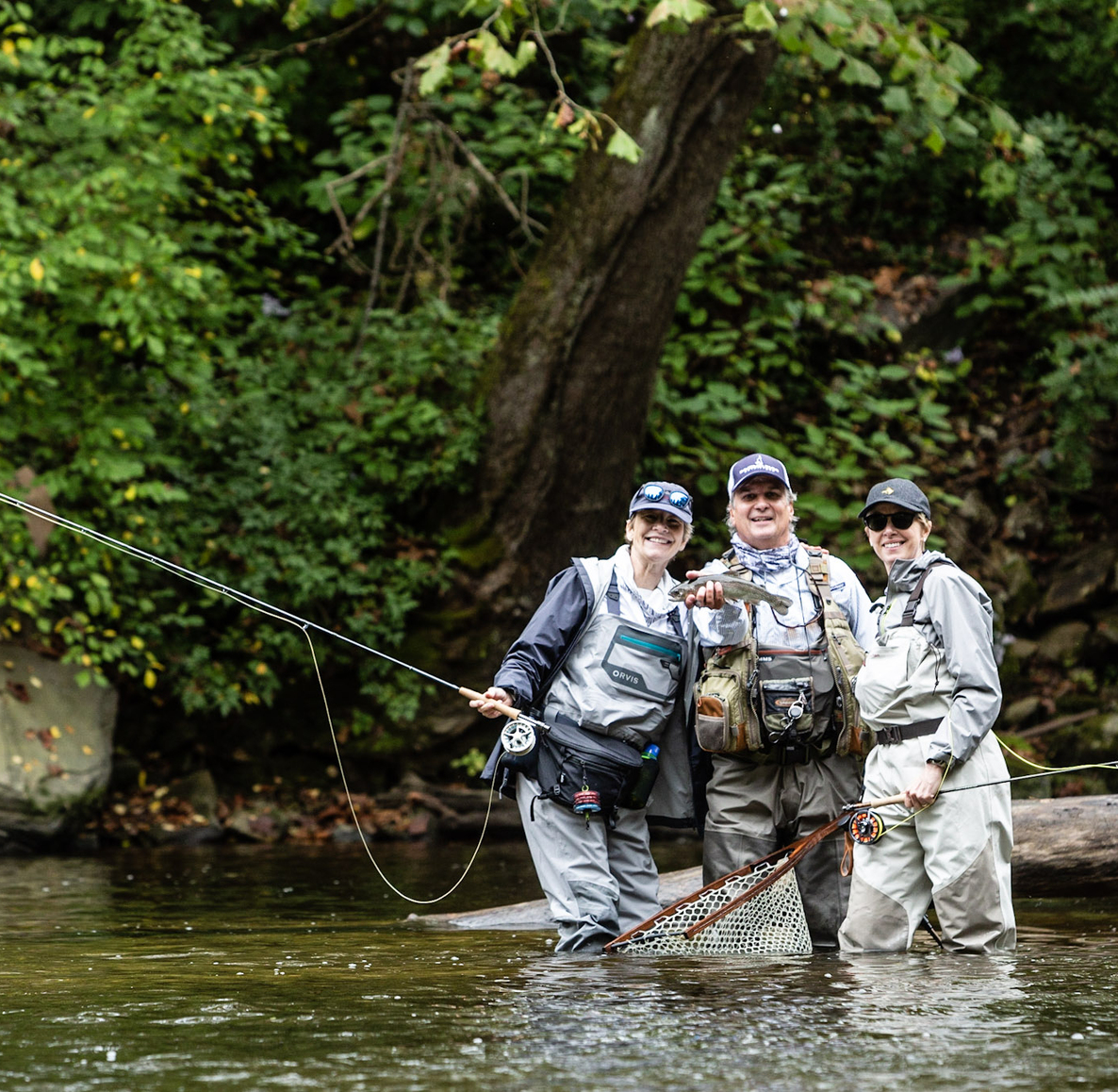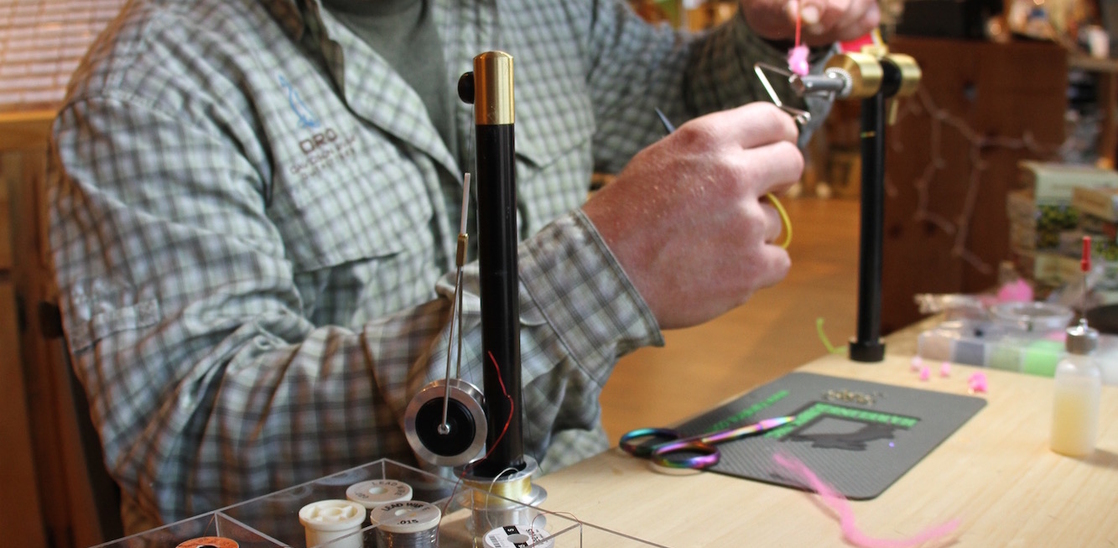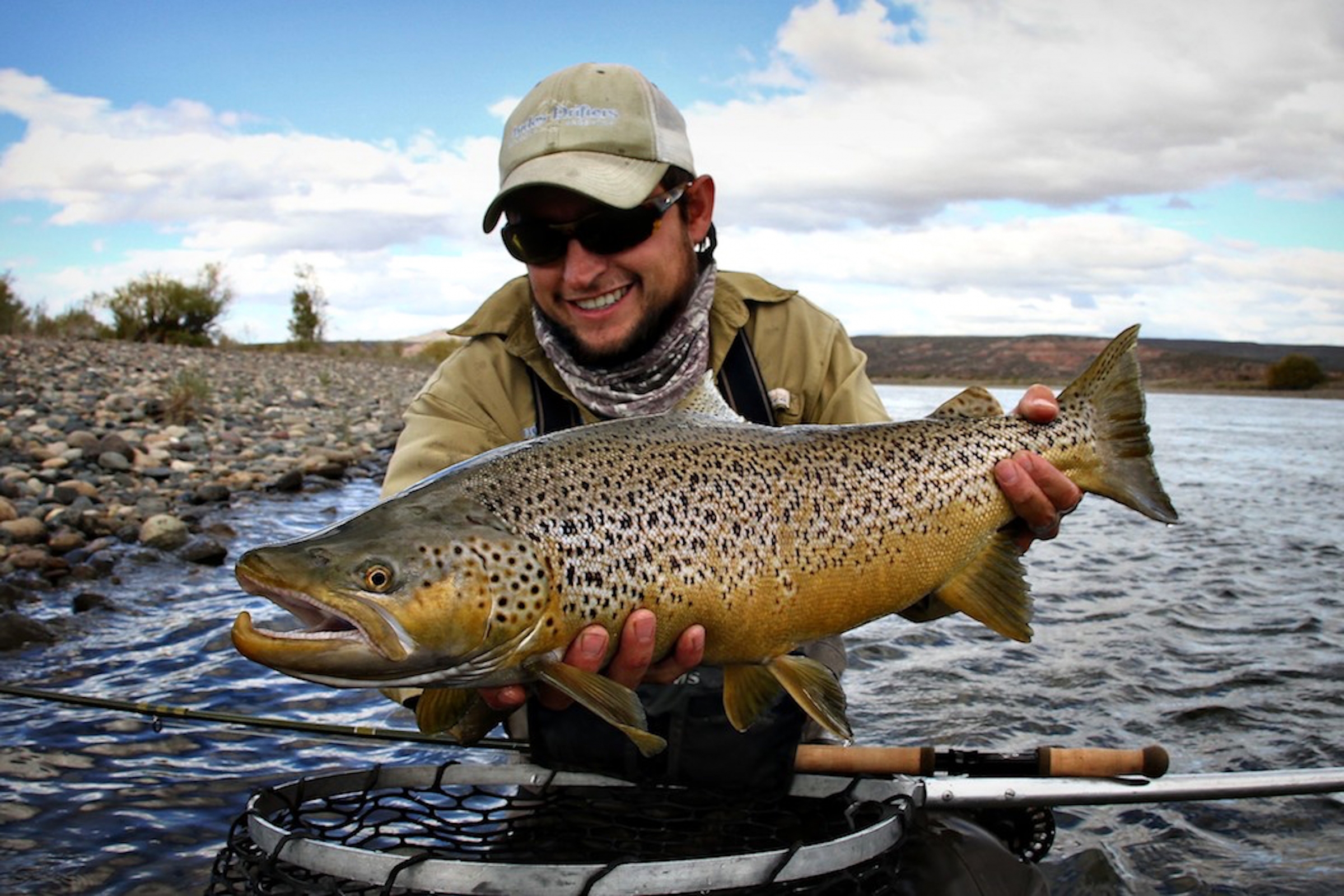Helpful Tips for Fishing in Low, Warm Water.
Over the years, I have been forced to fish for trout in some of the worst possible conditions, from high water to days that the ice freezes instantly on your guides to days that you can't feel your face because the wind is so strong. The absolute hardest fishing of all, though, is the low hot water of summer. Not only do the fish not want to feed, but you have to worry about killing them when you do hook them. The main thing to remember is that you, as an angler, have an ethical responsibility when fishing in low, warm water. Use as large a tippet as you can, so that you can land the fish as quickly as possible and get that fish back into the river to recover. If you are struggling to land a fish, then break it off, so that you don’t stress it and kill it. Spend as much time reviving the fish as you spent landing it. If you spent 10 minutes (which is way too long) landing it, then spend 10 minutes reviving it. In low hot water, you should not spend more than 1-2 minutes to land any fish, regardless of its size. The other big issue in the summer is pictures; in this low, hot water, do not take the fish out of the water. It is kind of like you running a half marathon, and the very second you are done, someone is holding your head under the water. Here are some of my best summer tips:
-
Fish, like most other animals, are reluctant to feed in times of warm water or low water. They are trying to survive, so you are trying to draw a reaction or an impulse strike. Your flies should have extra life added to them, rubber legs, soft hackles, Emu feather gills, etc. The more annoying the motion of the fly, the better your chance of getting a reaction strike.
-
Trout will not move a great distance in low, warm water to feed; your presentations will have to be almost in a direct line with the fish. This may require more sight fishing and or/ multiple casts to the same area.
-
Be exceptionally careful of running waves in slow or shallow water, this will spook a fish quicker than an errant cast. Try and wade softly and gently, and take your time when getting to your fish. It is not a race to get there, and you will be much more successful if you just go slowly and be mindful of where the fish are and how your presence will affect them.
-
Fish in any decent flow of water; this is where the trout find oxygen and food in low water. The better fish will lie directly under the fastest part of the flow, where the most oxygen is located. This requires that you fish flies that are weighted heavier than normal. Your flies should sink to the bottom rapidly and stay there as they tumble along like an injured or wounded piece of food.
-
Never underestimate the power of the terrestrial pattern, and often times larger is better. There are some large land-born insects that get blown or knocked into the river, or maybe it is how bugs commit suicide, regardless of how it got there, it is an easy meal.
-
Always take advantage of summer rains. The rain provides a burst of cool, refreshing water, which will make the fish more active. It also displaces more food that has been trapped by the rising water on the stream bank. Trout will take this time to feed aggressively until the water starts to drop and warm back up.
-
Here are the top 10 summer low-water patterns.


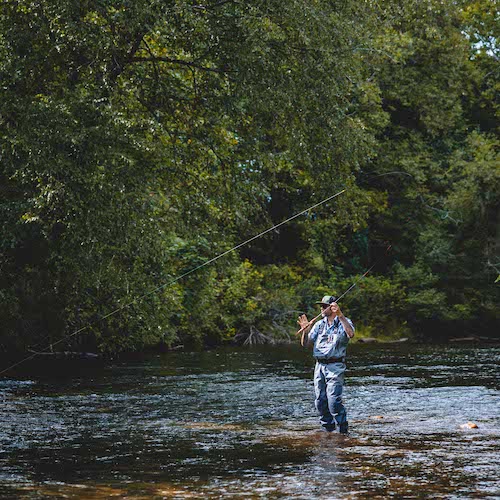 Stream Report
Stream Report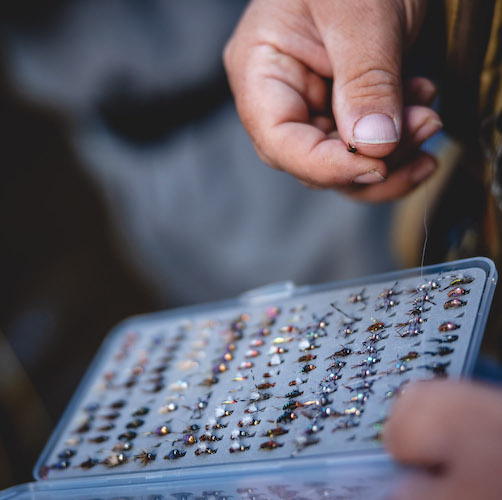 Seasonal Hatches
Seasonal Hatches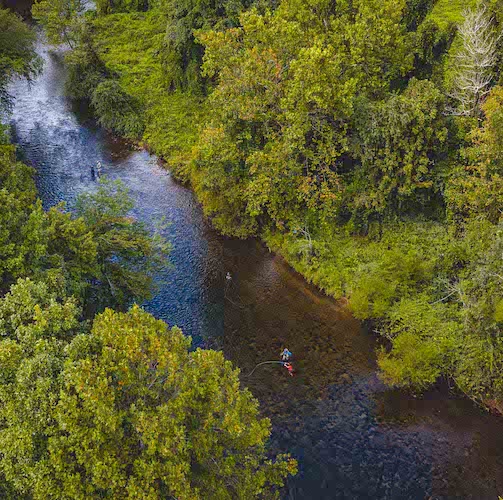 Stream Guide
Stream Guide